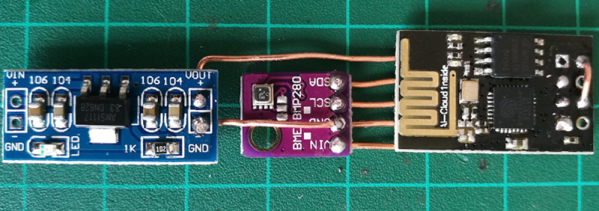Well this is unusual. Behold the Magic Flute of Rat Mind Control, and as a project it is all about altering the response to the instrument, rather than being about hacking the musical instrument itself. It’s [Kurt White]’s entry to the Musical Instrument Challenge portion of The Hackaday Prize, and it’s as intriguing as it is different.

[Kurt] has created a portable, internet-connected, automated food dispenser with a live streaming video feed and the ability to play recorded sounds. That device (named Nicodemus) is used as a Skinner Box to train rats — anywhere rats may be found — using operant conditioning to make them expect food when they hear a few bars of Black Sabbath’s Iron Man played on a small recorder (which is a type of flute.)
In short, the flute would allow one to summon hordes of rats as if by magic, because they have been trained by Nicodemus to associate Iron Man with food.
Many of the system’s elements are informed by the results of research into sound preference in rats, as well as their ability to discriminate between different melodies, so long as the right frequencies are present. The summoning part is all about science, but what about how to protect oneself from the hordes of hungry rodents who arrive with sharp teeth and high expectations of being fed? According to [Kurt], that’s where the magic comes in. He seems very certain that a ritual to convert a wooden recorder into a magic flute is all the protection one would need.
Embedded below is something I’m comfortable calling the strangest use case video we’ve ever seen. Well, we think it’s a dramatized use case. Perhaps it’s more correctly a mood piece or motivational assist. Outsider Art? You decide.
Continue reading “The Magic Flute Of Rat Mind Control Aims To Mix Magic And Science”













